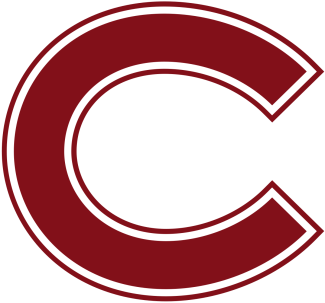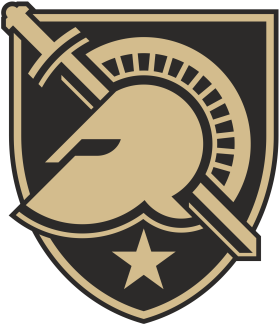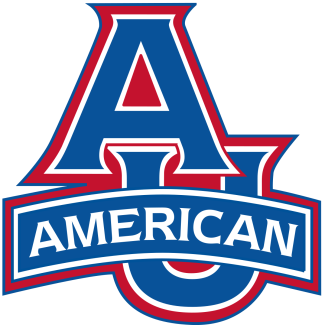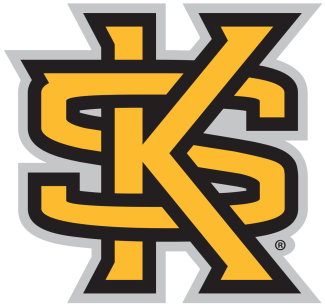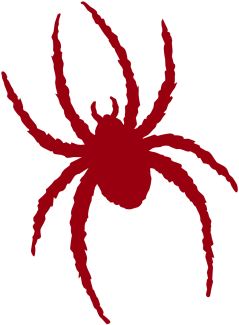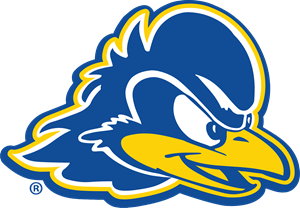At 6-foot-5, Ward is a gentle giant. Bearded, slender and soft-spoken, he stands awkwardly in the goal, crouching under the crossbar like an antsy plane traveler who ducks under the overhead compartment after landing. He wears tapered black sweatpants tucked into his cleats. He’s so unassuming, it makes you wonder how he holds up so well in the crossfire of a U.S.-Canada or Iroquois-Canada game.
“It’s really his personality, his demeanor. He’s a really calm, laidback guy,” Merrill said. “He’s intense, though. I’ve known him since he was young. Even in the box, I’ve seen him. He’s got a quiet intensity about him, but he doesn’t really get too rattled either. He doesn’t overthink it, plays to his instinct. A lot of it comes back to him and his personality.”
Ward is one of the few lacrosse goalies to successfully ply his trade both indoors and outdoors. He grew up in Orangeville, Ontario, the same town about an hour north of Toronto that produced the late Chris Sanderson, a three-time All-World goalie for Canada who died of cancer in June 2012, and Kyle Miller, another Canadian national team goalie who died of cancer in June 2013.
Sanderson, who played collegiately at Virginia, encouraged both Miller and Ward to try the field game as an avenue to U.S. colleges. Ward wound up at Bellarmine, where he led all NCAA Division I goalies with a 66-percent save percentage as a senior in 2013.
“Chris Sanderson is really the guy who got me into playing field lacrosse goalie at his True North Lacrosse Camps. It means a ton to be out here and represent Canada and just be that next guy after Chris Sanderson and Kyle Miller,” Ward said. “And even in 2010, Evan Kirk was the backup goalie for Canada, he’s from Orangeville as well. It’s an honor to be part of that tradition. We don’t take that lightly, the legacy that those guys left behind.”
Ward was the No. 3 overall pick in the 2013 National Lacrosse League draft by the Colorado Mammoth, ranking in the top three in save percentage in the league for the last three seasons. He plays pro lacrosse year-round, also serving as a backup to Team USA’s Jack Kelly with the Denver Outlaws of Major League Lacrosse. Kelly injured his left knee in a U.S. game against Australia on Saturday, meaning Ward could play a more substantial role for the Outlaws upon his return after the world games.
“I’m absolutely gutted for Jack,” Ward said. “You never want to see someone go down with an injury like that no matter where they’re playing.”
Ward, the only goalie ever to be named MVP of a world championship, seems to have no problem switching gears from box lacrosse — where goalies are heavily padded from head to toe, guard smaller goals and hold their stick head-down — to field lacrosse. An 18-save performance against the U.S. in the 2014 opener let the lacrosse world know that Canada had found another great one.
Color U.S. midfielder Matt Danowski impressed.
“He’s got those big legs and he plays indoor, so he’s used to playing in the lower half of the goal,” said Danowski, who did beat Ward for the game-tying goal in an 11-10 U.S. win Sunday. “You’ve got to shoot smart and you’ve got to shoot right.”
“Kind of reminds me of Chris Sanderson, to be honest with you,” Canada coach Randy Mearns said of Ward’s ability to switch seamlessly between the different versions of the sport. “Is it like riding a bicycle? I don’t know.”
For Ward, it’s simple. No matter how he holds his stick, how much padding he wears or how small or large the goal is, his job is to put his body in front of the ball. Any body part will do. He took a few shots off the facemask Monday.
“If you can play box goalie, it’ll definitely help your field game, just because you get so many reps,” Ward said. “I know your stance is different and the saves you make are different, but the fact of the matter is you’re getting reps and you’re stopping the ball. The biggest turnover from the indoor game to the outdoor game is your comfort with inside shots is that much stronger.”
Not that it’s any easier to beat Ward from downtown.
“They do a really good job defensively of letting him see shots that he likes to see. Sometimes you kind of get suckered into that,” Danowski said. “He’s really solid. Big kid, takes up a lot of goal, doesn’t really move much. He’s an All-World goalie. He’s really good. You’ve got to shoot really smart and not fall into taking too deep of shots, because that’s what he’s best at. You’ve got to keep on working for a good one.”
Canada did not need to look far to find a good one. When it comes to goalies, in fact, the Orangeville pipeline has continually produced great ones.













